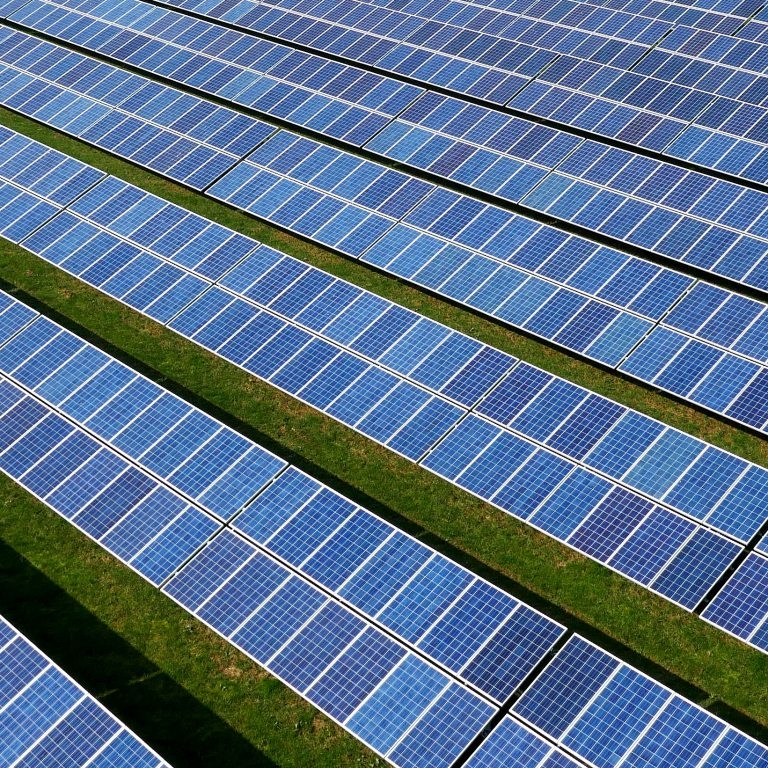Climate change investment
Divestment or reallocation of capital? Investment risk or opportunity?
Carbon Tracker[i] has successfully articulated the financial risks that a 2o C climate change scenario could have on the demand for fossil fuels and hence the potential impact on associated equity valuations. The 2o Investing Initiative (2ii)[ii] has highlighted that investing in an equity index such as the MSCI World Index will leave you over-exposed to fossil fuels and under-exposed to renewables and electric/hybrid vehicles – two vital sectors that need investment to ensure alignment to a 2o scenario.
How should investors react to these risks and what investment options are available to them?
Some investors have reacted to these financial risks by divesting of coal and, in the case of Norway and AXA[iii] all fossil fuels. As the recent OxPolicy[iv] report on “Divesting Effectively” highlights, divestment ensures that the investment fund itself has minimised the risk and at the same time stigmatises the divested companies and their association with fossil fuels. However, in some instances the companies in question may be a significant player in the industry of climate change solutions, such as SSE, Dong and EON all excluded by Norway but all with significant ownership of renewable energy capacity.
Other investment funds, such as experienced corporate engagers Hermes[v], advocate maintaining current fossil fuel investment levels while committing to a long term engagement strategy that can potentially reduce companies’ future expenditure into fossil-fuels and hence reduce carbon related risks. However, European utilities are stuck with material legacy coal assets[vi] on their balance sheets which they are heavily protecting and collecting the last of the available subsidies (such as capacity payments) to maintain returns to shareholders. It’s noteworthy that the UK’s Big Six energy providers own no UK solar generation assets and are currently “divesting” of many of their UK wind assets as was recently the case with SSE’s sale of its £355m stake in the Clyde wind farm[vii].
In addition to the discussion on divestment or engagement, Investment funds need to be actively participating in re-investing for the future to provide future stable and secure cashflows to their beneficiaries. Moreover, this re-investment drive will support the build out of new energy generation capacity appropriate for the second half of the century when all electricity generation will have to be zero carbon. Bloomberg New Energy Finance (BNEF) estimated that $329bn globally was invested in clean energy in 2015, including $7bn in Europe, yet more needs to be done. There are a few investors in the space, finding financially attractive opportunities such as BT Pension Scheme’s investments in on-shore wind and the Environment Agency Pension Fund’s commitment to the space. However, there are significantly more investment opportunities available than there are investors bidding. These assets are not overvalued like many assets buoyed by QE[viii] or by bidding wars like city airport’s £2bn valuation.
Renewable energy assets in the UK generate highly prized UK inflation-linked cashflows with UK government guaranteed ROC payments. In fact, in excess of £10bn of UK solar assets are now operational in the UK[ix] – all producing strong inflation-linked cashflows. These cash generative real assets are “great investments for pension schemes with inflation linkage and better returns than equities”[x]. With UK investors increasingly becoming the assets’ long-term owners, it ensures that the government’s renewable energy subsidies will remain in the UK, supporting UK pensioners’ incomes.
It’s a matter of time before we see more headlines like “UK pension schemes investing in UK renewables”. Now that is a lovely thought!
[i] Carbon Tracker’s first report in March 2012 http://www.carbontracker.org/library/#carbon-bubble
[ii] 2 Degree Investing Initiative “assessing the alignment of portfolios with climate goals”
[iii] https://www.stortinget.no/en/In-English/About-the-Storting/News-archive/Front-page-news/2014-2015/hj9/
[iv] http://www.oxpolicy.co.uk/portfolio/divesting-effectively-increasing-the-impact-of-the-fossil-fuel-divestment-movement/
[v] https://www.hermes-investment.com/ukw/wp-content/uploads/sites/80/2015/09/environmental-article.pdf
[vi] http://www.smithschool.ox.ac.uk/research-programmes/stranded-assets/satc.pdf
[vii] http://www.bbc.co.uk/news/uk-scotland-scotland-business-35802331
[viii] QE (Quantitative Easing) led to £375bn of UK government bonds being purchased by the UK government driving up bond and listed equity prices.
[ix] A significant amount compared to the £325bn inflation-linked gilt market.
[x] Large pension scheme at PLSA conference 2016

